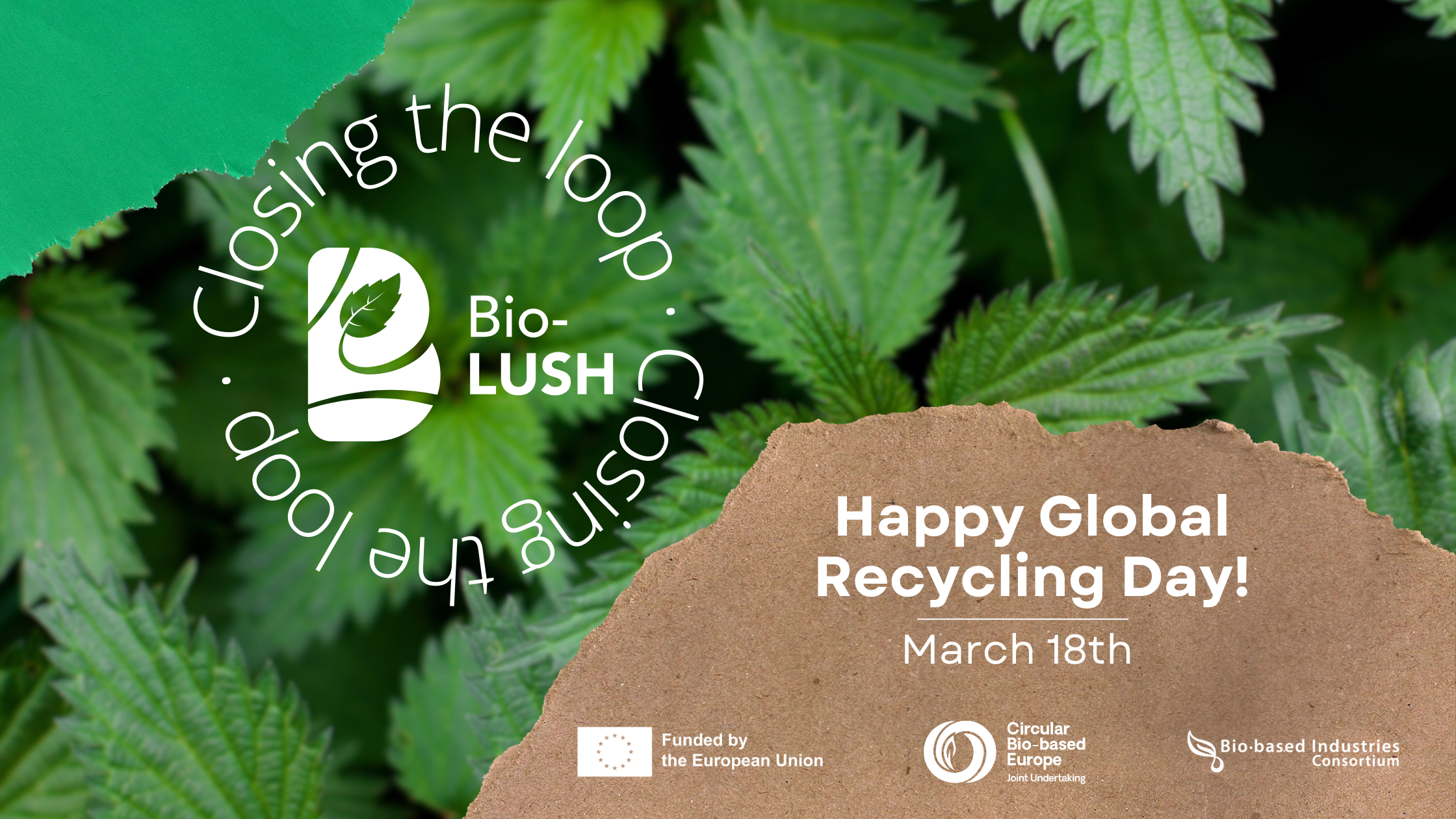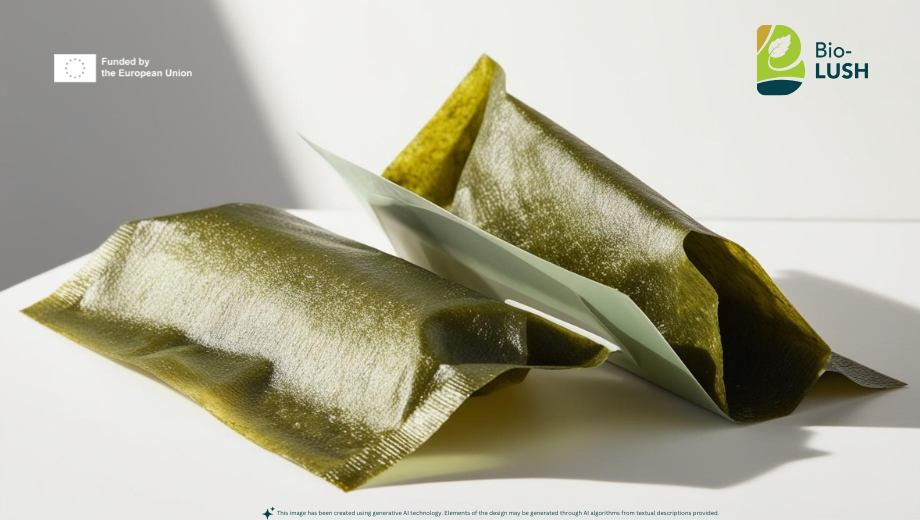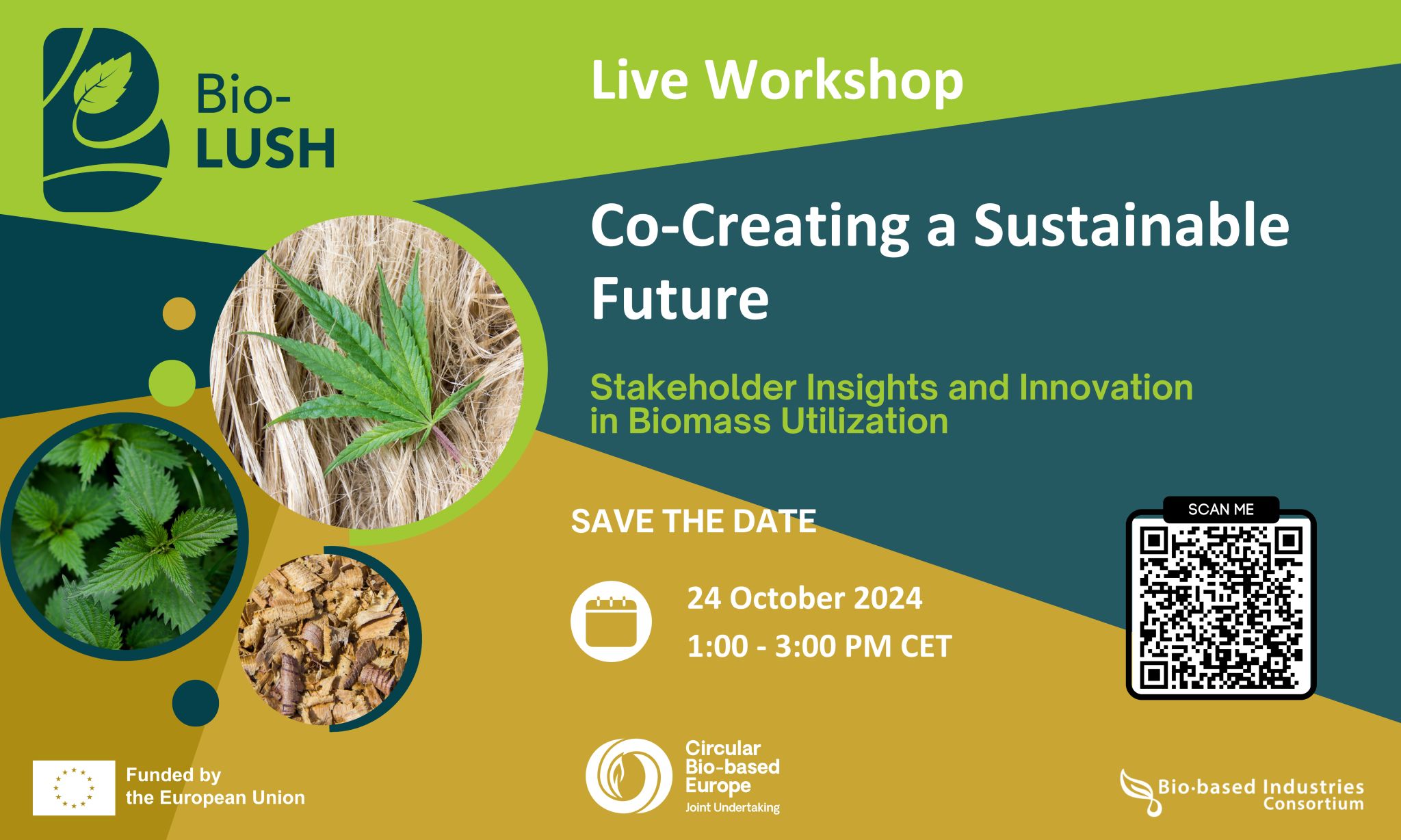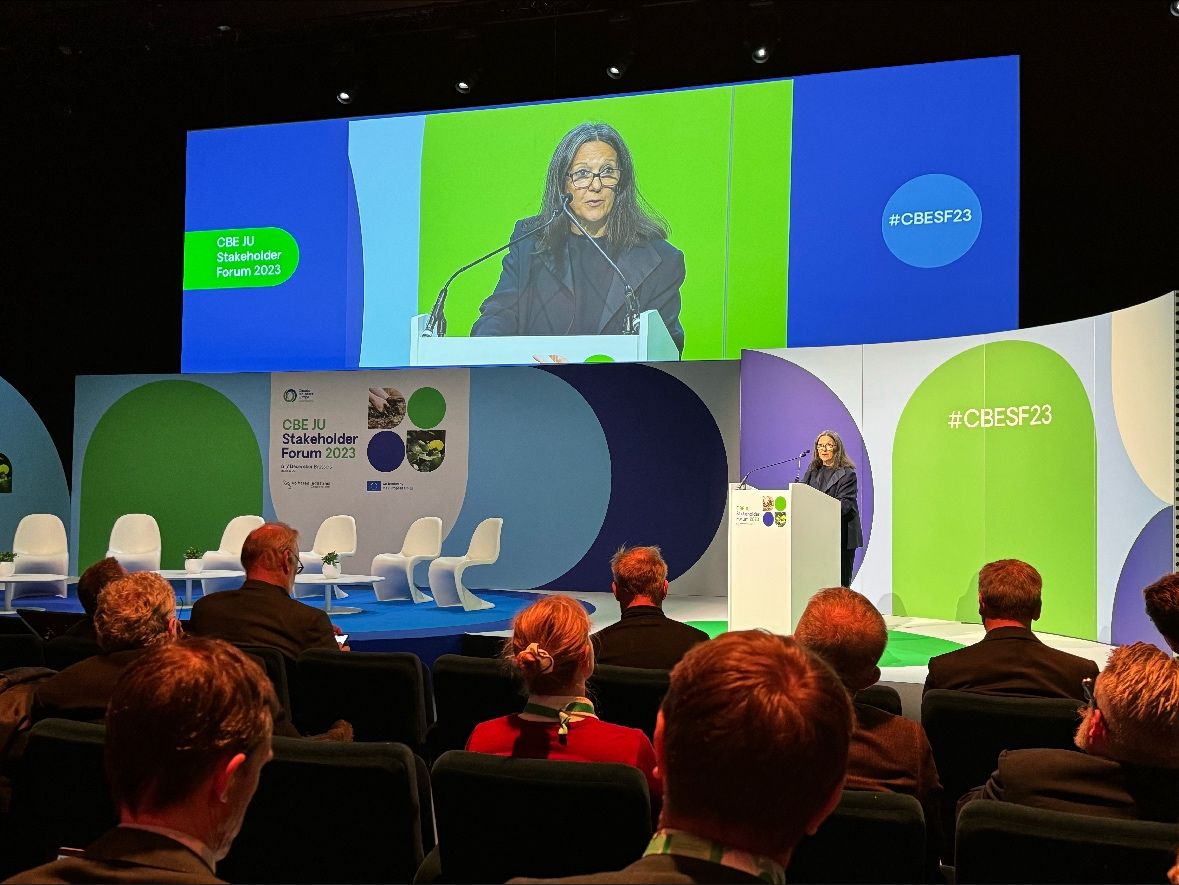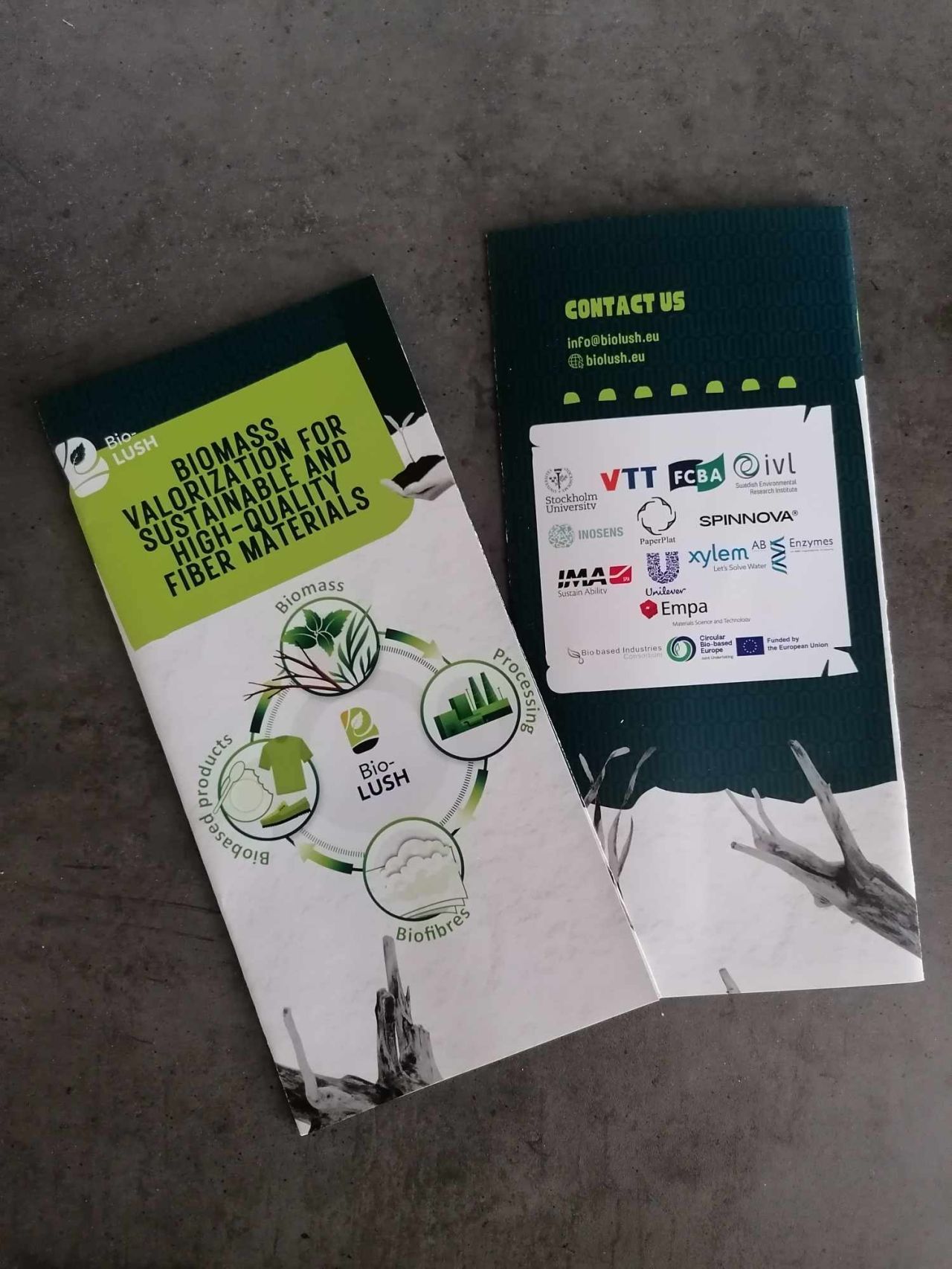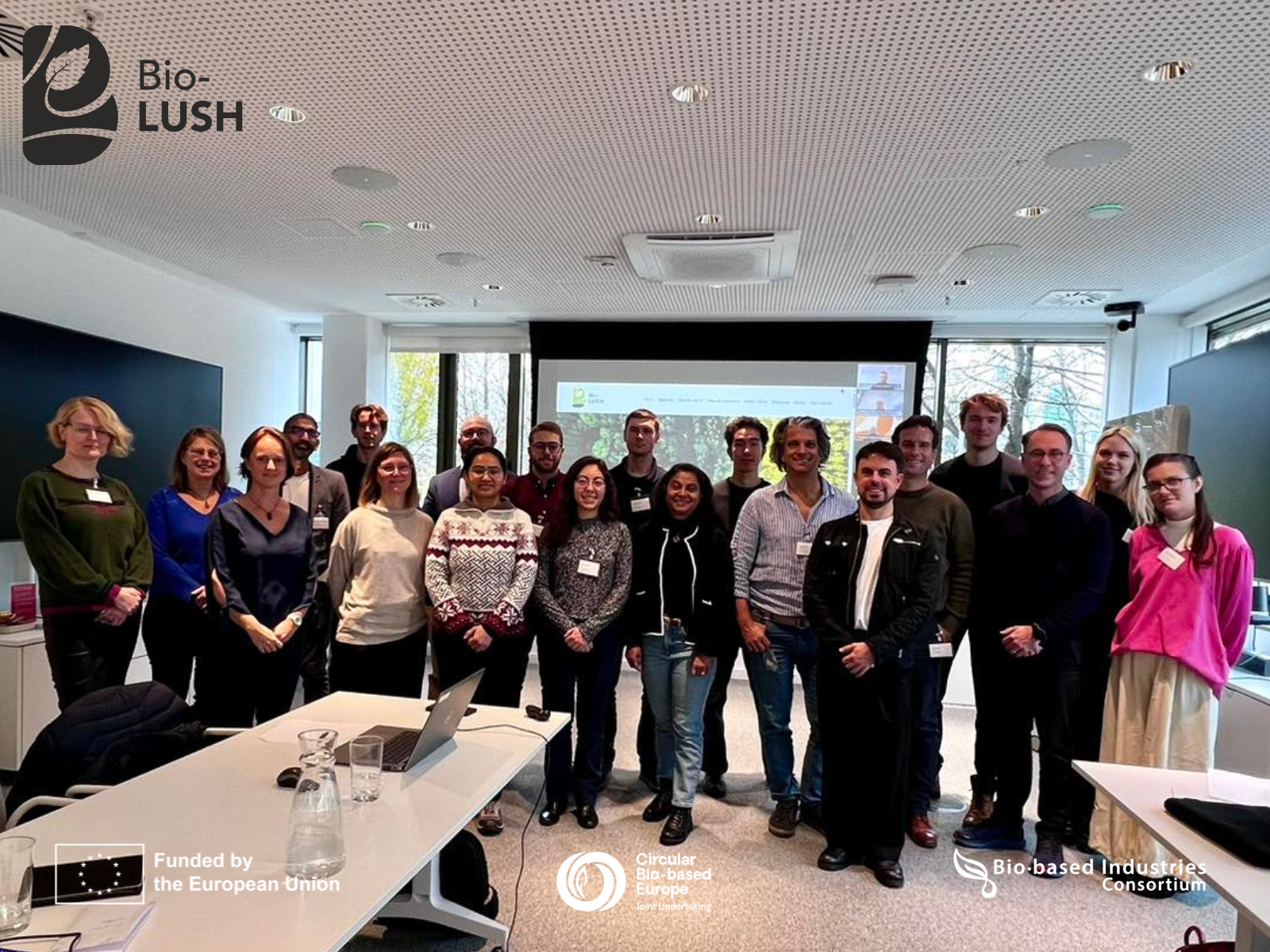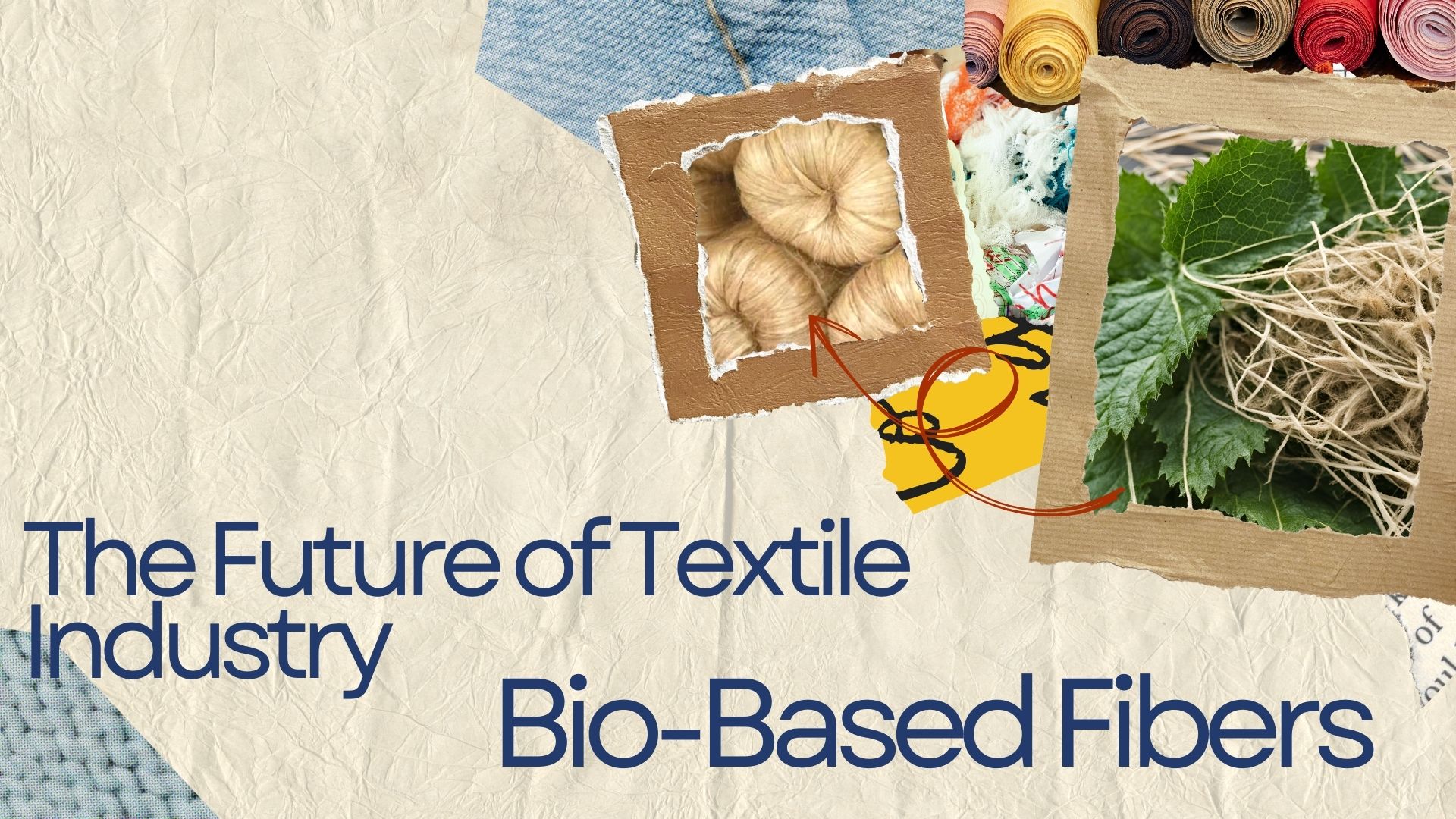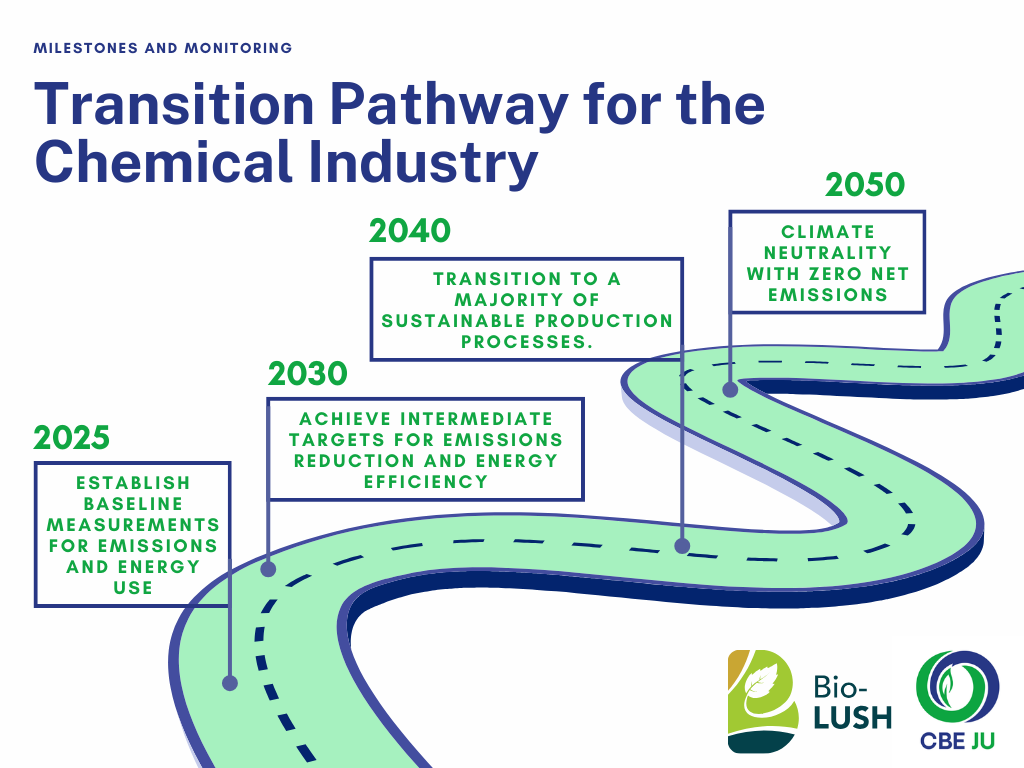According to the International Energy Agency, the average person produces about 4.7 tons of CO2 emissions per year. That’s equivalent to driving a car for 12,000 miles!
In this blog, you will have a chance to meet one of the most important processes in the Bio-LUSH project.
What do we know about the fiber extraction process?
Scalable and sustainable fiber extraction is the process of extracting fibers from plants such are hemp, nettle, seagrass or other materials in a way that is both efficient and environmentally friendly. It is important to consider both the environmental impact of the extraction process and the overall sustainability of the fiber production system.
The term “scalable” in technical language means continuing to function well when its form is changed in size or volume to meet a consumer need. Also, as it is known, the term “sustainable” can continue over a period of time.
Scalability and sustainability are two important principles for fiber extraction. Scalability refers to the ability of a process to be increased in size or scope without losing efficiency. This is important for meeting the demand for textiles and other products that use fibers. Sustainability refers to the ability of a process to be maintained over time without causing environmental harm. This is important for ensuring that the process does not deplete natural resources or pollute the environment.
Is it important to reduce CO2?
According to the International Journal of Hydrogen Energy, CO2 reduction is a multi-electron-dependent photocatalytic reaction in which CO2 gas is converted into a hydrocarbon fuel by a chemical reaction under the action of a catalyst. It is important to include the element of CO2 reduction in today’s production.
Since the Industrial Revolution, CO2 emissions increased and its reduction is one of the crucial points for further survival on planet Earth. Bio-LUSH uses biomass as raw material and converting biomass into longer-lasting materials will lead to net-negative CO2 emissions.
The way we took in Bio-LUSH
The production of cellulose fibres from not yet-used residues would free land space for forest plantations to be used as engineered wood. Producing like this, it could be saved 106 Gt of additional CO2eq by 2100. The focus is on scalable production of safe and ecologically sustainable fibres, and cellulose nanofibres. Up-scaling of the nanocellulose production is feasible due to its straightforward design.
Conclusion
For a brighter future, the Bio-LUSH team will incorporate the newest technologies in the bioeconomy sector, so the European community, led by the farmers’ community can easily transfer to cleaner and safer products that will last more than those we are using today.
If you are interested in learning more about the Bio-LUSH project or getting involved, please visit our website at www.biolush.eu.

